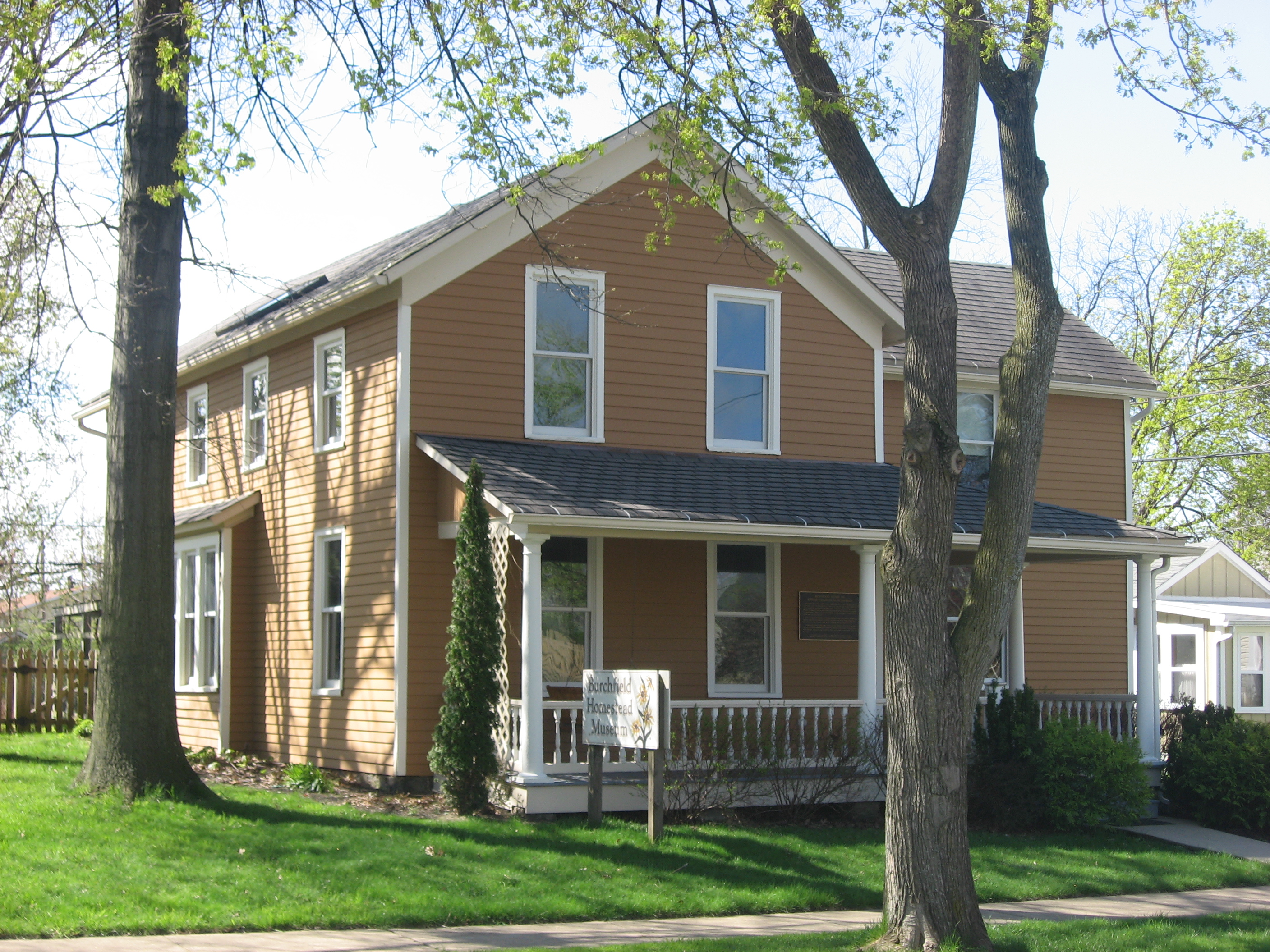|
Clark McDougall
Clark McDougall (November21, 1921 August 17, 1980) was a Canadian painter known for his black enamel style. Career Clark McDougall was born in St. Thomas, Ontario and lived and died in the house where he was born at 56 Inkerman Street. When he was 16, he left school, having decided to become an artist. He began by painting watercolour in nearby North Yarmouth. He was self-taught from library books and learned from artists such as the watercolourist in his hometown, William St. Thomas Smith, and Charles Burchfield, whom he visited in Buffalo, New York and who urged him to avoid art school since it would damage what he had as an artist. In 1950, he traveled to Montreal and Quebec City where he first saw the paintings of Henri Matisse. By 1952-1953, Clark was using ingredients of Fauvism in his work, such as its attention to bright colour. In 1954, McDougall met Clement Greenberg, at a symposium at the Albright-Knox Gallery in Buffalo and Greenberg discussed McDougall's work with h ... [...More Info...] [...Related Items...] OR: [Wikipedia] [Google] [Baidu] |
Charles Burchfield
Charles Ephraim Burchfield (April 9, 1893 – January 10, 1967) was an American painter and visionary artist, known for his passionate watercolors of nature scenes and townscapes. The largest collection of Burchfield's paintings, archives and journals are in the collection of the Burchfield Penney Art Center in Buffalo. His paintings are in the collections of more than 109 museums in the USA and have been the subject of exhibitions at the Metropolitan Museum of Art, the Whitney Museum of American Art, the Hammer Museum, and the Museum of Modern Art, as well as other prominent institutions. Life Born in Ashtabula, Ohio, Burchfield was raised by his widowed mother in Salem, Ohio. Most of his early works were done at this house, where he lived from the ages of five to 28, and which has since been converted into a museum. While he did think of being a nature writer in high school, he eventually focused entirely on the visual aspect of his creativity, writing short descriptive pi ... [...More Info...] [...Related Items...] OR: [Wikipedia] [Google] [Baidu] |
University Of Western Ontario
The University of Western Ontario (UWO), also known as Western University or Western, is a Public university, public research university in London, Ontario, London, Ontario, Canada. The main campus is located on of land, surrounded by residential neighbourhoods and the Thames River (Ontario), Thames River bisecting the campus's eastern portion. The university operates twelve academic faculties and schools. It is a member of the U15 Group of Canadian Research Universities, U15, a group of research-intensive universities in Canada. The university was founded on 7 March 1878 by Bishop Isaac Hellmuth of the Diocese of Huron, Anglican Diocese of Huron as the Western University of London, Ontario. It incorporated Huron University College, Huron College, which had been founded in 1863. The first four faculties were Arts, Divinity, Law and Medicine. The university became non-denominational in 1908. Beginning in 1919, the university had affiliated with several denominational colleges. T ... [...More Info...] [...Related Items...] OR: [Wikipedia] [Google] [Baidu] |
Canadian Landscape Painters
Canadians (french: Canadiens) are people identified with the country of Canada. This connection may be residential, legal, historical or cultural. For most Canadians, many (or all) of these connections exist and are collectively the source of their being ''Canadian''. Canada is a multilingual and multicultural society home to people of groups of many different ethnic, religious, and national origins, with the majority of the population made up of Old World immigrants and their descendants. Following the initial period of French and then the much larger British colonization, different waves (or peaks) of immigration and settlement of non-indigenous peoples took place over the course of nearly two centuries and continue today. Elements of Indigenous, French, British, and more recent immigrant customs, languages, and religions have combined to form the culture of Canada, and thus a Canadian identity. Canada has also been strongly influenced by its linguistic, geographic, and ec ... [...More Info...] [...Related Items...] OR: [Wikipedia] [Google] [Baidu] |
Canadian Modern Painters
Canadians (french: Canadiens) are people identified with the country of Canada. This connection may be residential, legal, historical or cultural. For most Canadians, many (or all) of these connections exist and are collectively the source of their being ''Canadian''. Canada is a multilingual and multicultural society home to people of groups of many different ethnic, religious, and national origins, with the majority of the population made up of Old World immigrants and their descendants. Following the initial period of French and then the much larger British colonization, different waves (or peaks) of immigration and settlement of non-indigenous peoples took place over the course of nearly two centuries and continue today. Elements of Indigenous, French, British, and more recent immigrant customs, languages, and religions have combined to form the culture of Canada, and thus a Canadian identity. Canada has also been strongly influenced by its linguistic, geographic, and eco ... [...More Info...] [...Related Items...] OR: [Wikipedia] [Google] [Baidu] |


